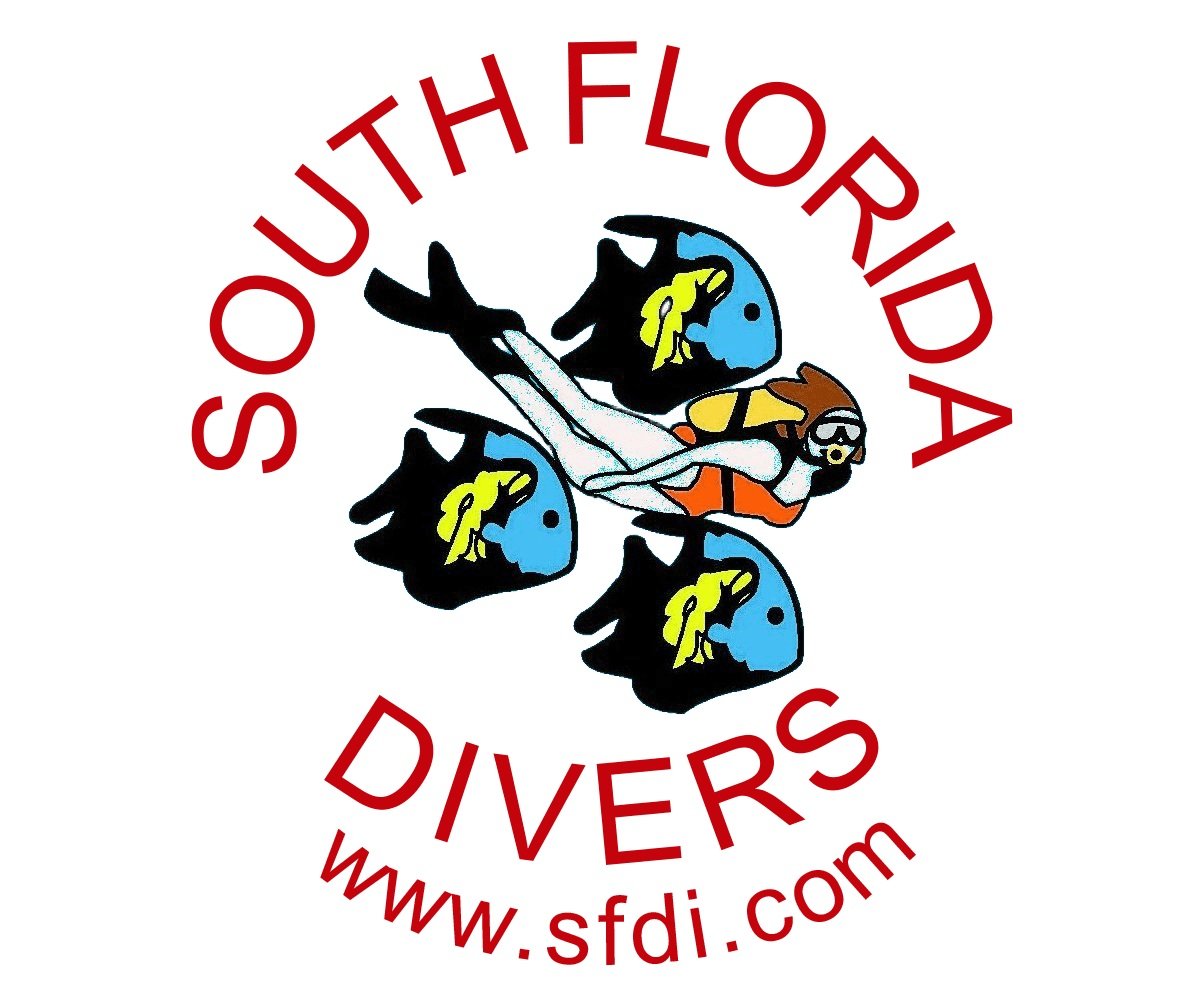As Florida’s largest reef fish (weighing up to 800 pounds), the goliath grouper (Epinephelus itajara) is certainly great. Once fished to the brink of extinction, this species is once again common along many of Florida’s reefs, thanks to decades of protection. However, some argue that goliath grouper have become “overabundant,” making it difficult for fishermen to land smaller snappers and groupers when fishing their reefs and wrecks as these larger fish sometimes steal their catch. Here we discuss previous and ongoing research on this species, which lies at the center of an ongoing fishery management controversy, including some of the latest technology that is being used to study the behavior of these mysterious fish in fine detail. Lastly, we discuss a recently completed study between University of Florida IFAS Extension/Florida Sea Grant and FAU Harbor Branch to develop best catch-and-release practices to ensure the growing recreational fishery for goliath grouper is sustainable.
Dr. Matt Ajemian is an Associate Research Professor with Florida Atlantic University's Harbor Branch Oceanographic Institute. Dr. Ajemian earned his PhD in Marine Science at University of South Alabama and Dauphin Island Sea Lab in 2011 and spent four years as a post-doc and research scientist with the Center for Sportfish Science and Conservation at the Harte Research Institute for Gulf of Mexico Studies, Texas A&M University-Corpus Christi. Over the course of his career Ajemian has developed expertise in ichthyology, ecology, and fisheries science and has covered topics such as feeding ecology, habitat use, movement behavior, fisheries impacts, and bycatch. He now leads the Fish Ecology and Conservation Lab at FAU-HBOI, and as lead PI develops, conducts, and directs research.











